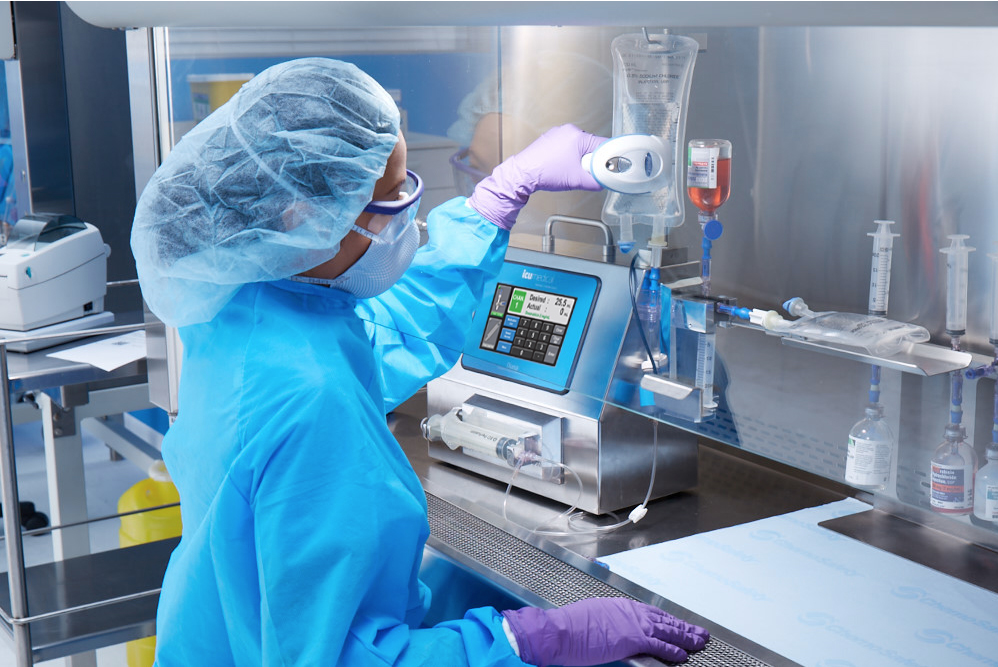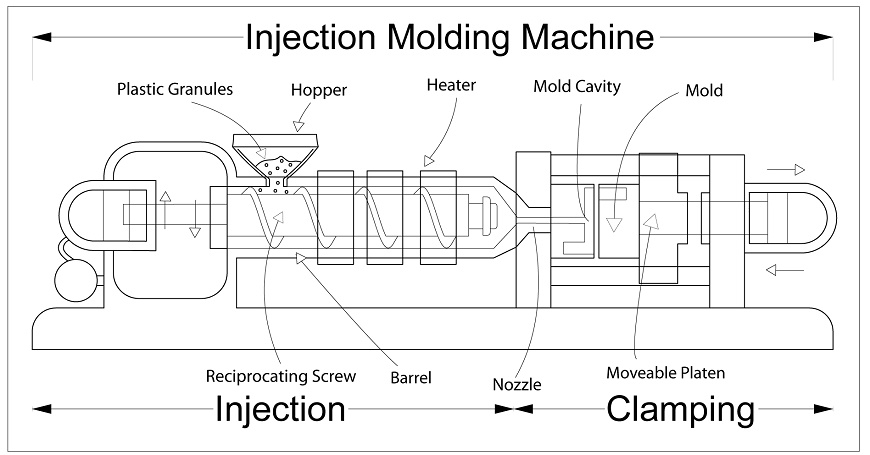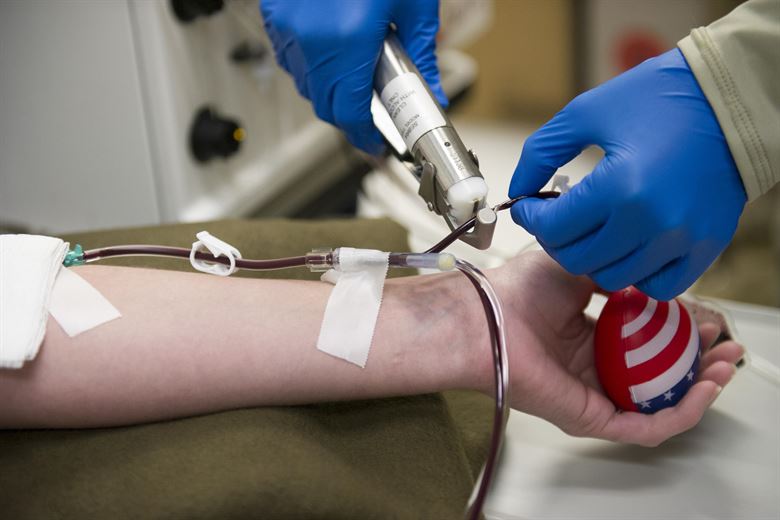Over the past three decades, the applications of plastics in the field of medical devices have dramatically increased. The global healthcare market has over 8500 different types of healthcare equipment ranging from bandages to devices used for diagnostic imaging and invasive surgeries.

The introduction of high-performance polymers and the merits of plastics over other materials such as metal and ceramics have expanded its opportunities in the healthcare segment. Polymers are versatile and easily disposable. Consequently, manufacturers have been using additives and fillers to render plastics a variety of advantageous properties (flexible or firm, insulating or conductive, transparent or opaque, and hydrophilic or hydrophobic) depending on its application.
Medical devices often have complex shapes and may or may not be manufactured directly using molds. Plastic injection molding has revolutionized modern medicine, giving healthcare professionals safe and disposable medical supplies that can be used to offer better treatment to patients.
Medical device manufacturers are using injection molding to manufacture large quantities of medical parts with reliable consistency. For instance, EcoMolding uses high-precision plastic injection molding machines to manufacture medical devices or components of medical equipment that can be used for critical surgeries and in other sterile conditions.

Here are four areas where plastic injection molding is being used to diagnose, treat, and manage a variety of health disorders.
1. Diagnostics
In the diagnostics domain, the demand for point-of-care devices is growing with its overall market expected to cross $37 billion by 2021. Point-of-care diagnostics enable patients to test their health parameters at home or the physician’s clinic.
Accurate diagnosis and laboratory analytics plays a crucial role in managing a variety of health conditions and saving patients’ lives. The performance of testing devices depends largely on the characteristics of the polymer used (tenacity, flexibility, transparency, biocompatibility, and chemical resistance) and the injection molding process. Moreover, the components of the diagnostic devices are becoming increasingly small, demanding high precision. Plastic injection molding can be used to achieve a micro-precision range of =/<10µm and an ultra-precision range of =/<3µm.
The high-precision plastic injection molding is used to manufacture good-quality disposable products, drug test kits, and measuring systems in healthcare diagnostics in a large series. For instance, the lateral flow in-vitro diagnostic testing kit is manufactured using the plastic injection molding. This kit is used for the qualitative detection of viral and bacterial antigens in the human body.
2. Therapeutic Applications
Injection molding is being increasingly used to manufacture medical components that are crucial for the treatment of various health disorders. For instance, injection molding of a polymer is a crucial step in manufacturing biocompatible and ergonomic catheter or the blood tubing used in hemodialysis, peritoneal dialysis, and for vascular access. Furthermore, the clamps, the suture wings, and the hubs used for the dialysis catheters are manufactured using the plastic injection molding process.

Injection molding is also used in the production of high-performance engineering thermoplastic components that have a wide spectrum of applications in the medical field such as orthosis, prosthetics, external skeletal fixation, and radiotherapy of soft-tissue tumors.

Thus, plastic injection molding has a significant role to play in a variety of therapy areas.
3. Surgery and Intensive Care
The field of invasive surgery and intensive care demands equipment and medical components that are manufactured with high precision and possess high sterilization capacity. High-quality medical-grade polymers are being increasingly preferred for invasive surgeries owing to their robust mechanical properties, improved ergonomics, increased functionality, and reduced cost.
Plastic injection molding plays a vital role in this domain, as it is used to manufacture high-quality intensive care devices and components, namely Ostomy bags for premature babies, vial vent filters for pharmacists, cups and jars for organ harvesting, dilators for emergency ventilation, disposable forceps, luer caps and straps, manifolds, Y-sites, tubing connectors and clips, disposable clamps, and oxygen bushings.
Intensive care units often require medical device components with complex shapes. Moreover, healthcare experts are laying more emphasis on less-invasive surgical procedures, increasing the demand for smaller and multifaceted medical devices and components.
The plastic injection molding process gives designers and engineers the freedom to create innovative designs with advanced features, helping medical device manufacturers offer high-quality equipment that meets their clients’ requirements.
4. Dentistry
The surgical devices (dental healing caps and suction-irrigation handles) and drug delivery utensils used in dental medicine are made of plastic polymers that are processed using the injection molding process. The parts of the medical devices, the films, and the fibers manufactured using this process are light-weight compared to metals and ceramics.
Plastic injection molding is also used for other dental products such as packaging, pouches, cups, vials, and medical technology devices (cameras, light sources, monitors and recording equipment). The use of injection molding with polymers has significantly reduced the cost of the parts and devices used in dental surgery.
With the healthcare domain progressing rapidly and finding innovative solutions to manage health disorders, unmet needs will continue to crop up, increasing the demand for new medical equipment and components. Moreover, the increased capabilities of the plastic injection molding technology are enabling manufacturers to come up with innovative and customized designs and manufacturing and assembling processes for medical devices. Consequently, the demand for plastic injection molding technology is expected to keep pace with rapidly-changing field of medical equipment.
The above-mentioned information will help you appreciate the role of plastic injection molding in manufacturing and assembling healthcare devices.

